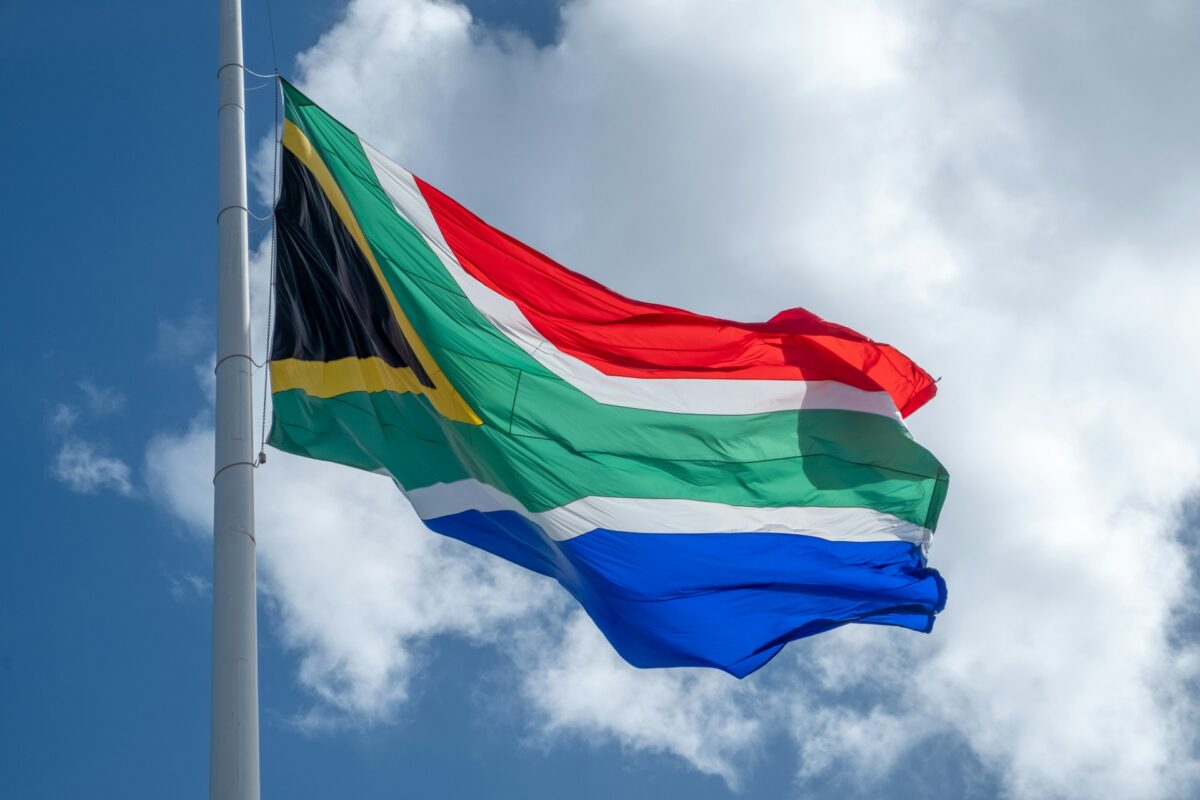A new report from Germany-based polysilicon market analyst Bernreuter Research has revealed that Chinese solar manufacturer Tongwei was the largest polysilicon maker in 2020, with a total production capacity of 96,000 MT. It was followed by China's GCL-Poly with 90,000 MT, Germany-based Wacker Chemie with 84,000 MT, China-based Daqo New Energy and Xinte Energy, both with 80,000 MT, and Chinese manufacturer East Hope with 40,000 MT.
Overall, the combined capacity of these companies, which the analyst labeled as the “Big Six”, reached 470,000 MT.
“With three production locations in Sichuan province, Inner Mongolia and Yunnan province, Tongwei will reach a total capacity of nearly 200,000 metric tons (MT) by the end of this year and likely 300,000 MT in 2023,” wrote the analyst in a statement. It added that Wacker Chemie lost its top spot last year after having been the largest producer since 2016, when it opened a third polysilicon plant in the U.S. state of Tennessee.
Korean manufacturer OCI Solar, which in 2019 ranked third, slid to seventh position, due to its decision to halt polysilicon production in its homeland, while continuing to operate its 30,000 MT polysilicon facility in Malaysia.
Bernreuter Research predicted the emergence of a new polysilicon super league composed of the Big Six. Wacker Chemie may slip further down the rankings, with GCL-Poly, Daqo, and Xinte Energy becoming possible replacements, to rank first to fourth, along with Tongwei.
Referring to the three manufacturers, however, the analyst noted that they are currently producing polysilicon using very low-cost electricity from coal-fired power plants in the Xinjiang Uyghur autonomous region in northwestern China, which is under fire in international media for the alleged use of forced labor.
Workers’ rights
 pv magazine’s UP Initiative spent Q2 2021 looking at what solar and energy storage companies can do to lead by positive example when it comes to the workers, often far removed, involved in the production of their products and services. Supply chain traceability and polysilicon provenance were key topics.
pv magazine’s UP Initiative spent Q2 2021 looking at what solar and energy storage companies can do to lead by positive example when it comes to the workers, often far removed, involved in the production of their products and services. Supply chain traceability and polysilicon provenance were key topics.“These reports should be a wake-up call for western governments. If their countries don’t want to become almost completely dependent on solar products from China for the transition to renewable energy, they have to implement an effective and long overdue industrial policy for a non-Chinese solar supply chain, in particular for ingot and wafer manufacturing,” wrote Johannes Bernreuter, head of Bernreuter Research. “Low-cost and renewable hydropower in the northwestern USA, Canada, Norway and Malaysia offers them the chance to fuel an alternative supply chain without forced labor and a high carbon footprint.”
*The article was updated on April 12 to specify that OCI Solar's production capacity in Malaysia is 30,000 MT and not 27,000 as we previously reported.
This content is protected by copyright and may not be reused. If you want to cooperate with us and would like to reuse some of our content, please contact: editors@pv-magazine.com.



By submitting this form you agree to pv magazine using your data for the purposes of publishing your comment.
Your personal data will only be disclosed or otherwise transmitted to third parties for the purposes of spam filtering or if this is necessary for technical maintenance of the website. Any other transfer to third parties will not take place unless this is justified on the basis of applicable data protection regulations or if pv magazine is legally obliged to do so.
You may revoke this consent at any time with effect for the future, in which case your personal data will be deleted immediately. Otherwise, your data will be deleted if pv magazine has processed your request or the purpose of data storage is fulfilled.
Further information on data privacy can be found in our Data Protection Policy.